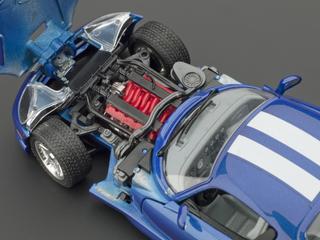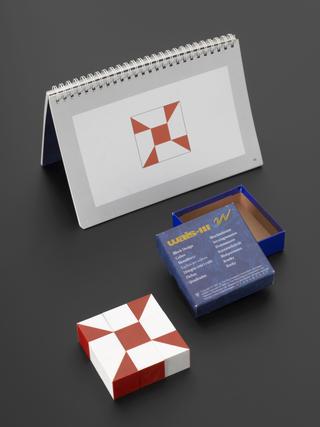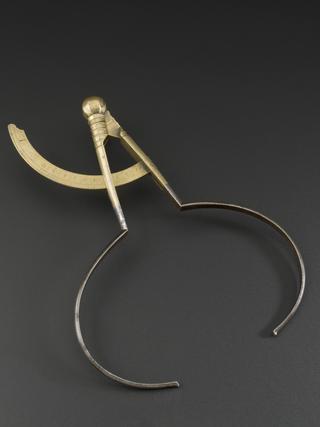
Earthenware Phrenological Bust
- maker:
- Lorenzo Niles Fowler








Earthenware phrenological bust, area divisions and labels marked in underglaze black, by L.N. Fowler, London 1860-1896
Phrenology was the study of the various measurements of the skull to determine character traits. Developed by Franz Joseph Gall at the turn of the 19th century, it quickly gained repute, although also attracted derision. It assumed that particular facets of character and ability were located at specific areas of the brain, that superior development meant an increase in size, and that the shape of the brain was transmitted exactly through the skull. Phrenology suggested the brain could be studied scientifically, but as Stephen J Gould put it, phrenologists were ‘the servants of their numbers’.
Details
- Category:
- Psychology, Psychiatry & Anthropometry
- Collection:
- Sir Henry Wellcome's Museum Collection
- Object Number:
- A642807
- Materials:
- earthenware and complete
- Measurements:
-
overall: 290 mm x 122 mm x 96 mm, 1.74 kg
- type:
- phrenological heads
- credit:
- Loan, Wellcome Trust




